Garmin launches new Rally power meter pedals
New power pedals available in single- or dual-sided options
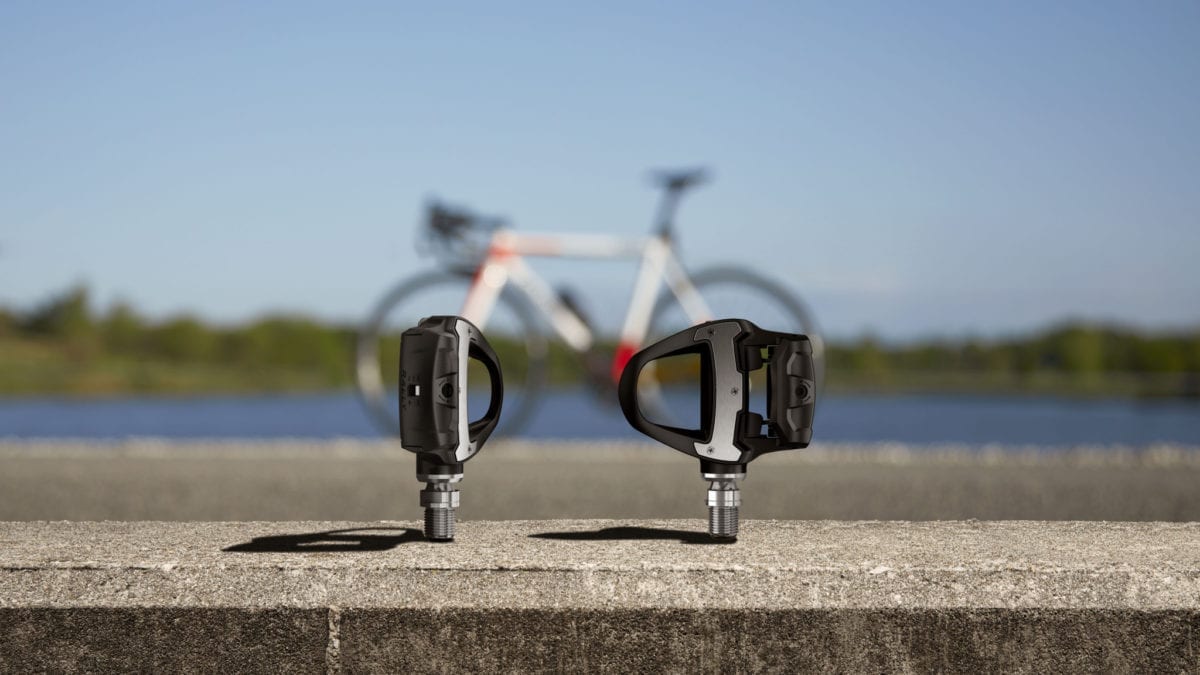 Photo by:
Garmin
Photo by:
Garmin
Garmin has announced six new power meter pedals in its new “Rally” collection. The new pedals will come in Shimano SPD-SL road, Look Keo road and Shimano SPD mountain bike styles, with advanced cycling dynamics, along with single- or dual-sided options.
New name, new design
The Garmin Vector series, the company’s previous power meter pedals, was plagued with battery issues, water damage and complaints of power spikes. Garmin has opted for a fresh start, dropping the “Vector” name for the three new “Rally” pedals, all of which will offer advanced cycling dynamics, including left/right balance, power phase and more.
The new ANT+ and BLE sensing pedals are designed for road, mountain bike, indoor and cyclocross riding. The pedals themselves also have new names: RK for Keo, RS for SPD-SL, and XC for SPD, with a 100 designator for single sensing 200 for dual sensing. All pedals come in single- and dual-sensing options. Single-sensing pedals can also be upgraded to dual-sensing pedals with an upgrade kit.
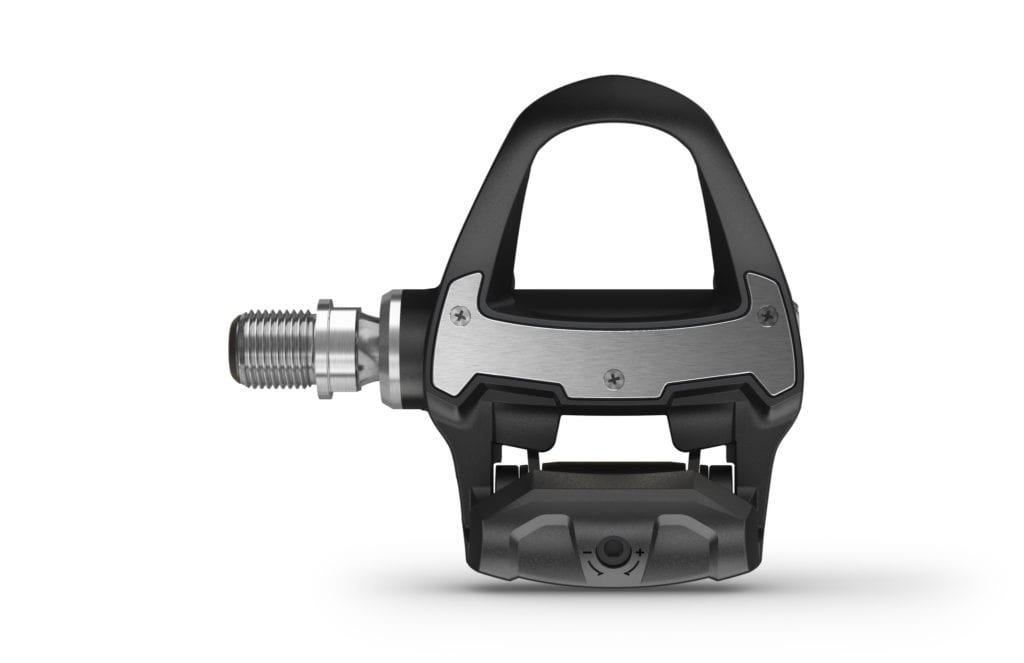
Road pedals: Rally RK and Rally RS
Shimano road pedal owners finally have a power meter pedal option with the Rally RS SPD-SL pedals. The 320g dual-sided Rally RS pedals weigh 72g more than Shimano’s Ultegra pedals, not a massive weight jump all things considered.
The Look cleat compatible Rally RK pedals are the closest sibling to the Vector pedals, though they have a redesigned replaceable wear plate and weigh 2g more than their predecessors (326g.)
Features
The dual-sensing Rally RK200, Rally RS200 and Rally XC200 pedal-based power meters offer left and right leg data metrics independently. The pedals measure cadence, total power, left-right balance and how/where cyclists are producing power to help them understand their specific strengths and weaknesses and improve pedaling form.
As with older Vector models, Rally dual-sensing pedals also track time spent seated versus standing and measure where power is applied on the pedal to ensure proper cleat position.
As with the Vector pedals, Garmin says the Rallys (which also use reusable batteries) have about 120 hours of battery life. The Vector’s plastic cap has been replaced with a redesigned threaded metal cap, hopefully putting an end to the battery door issues. Garmin also says that a small design change in the spindle design, “improves our sleep current [and] makes the 120-hour battery life much more robust across more use cases.”
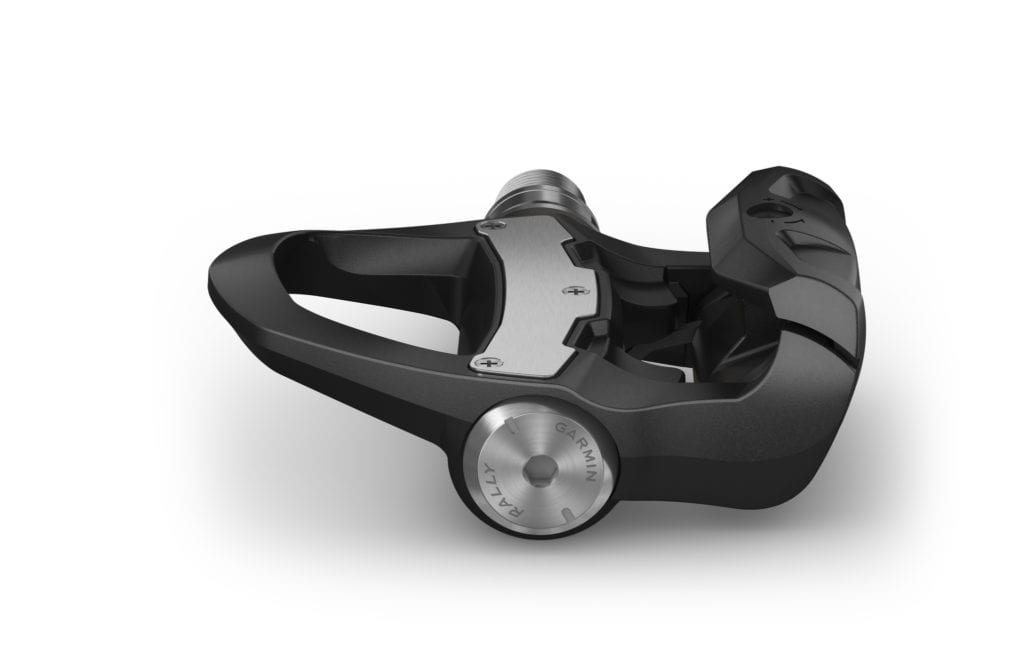
All Rally pedals have a 53 mm q-factor with the option to increase to 55 mm with spacers. The new Rally road pedals will maintain the Vector 3’s 12.2 mm stack height.
Upgrade kits are also available for all three 100-level models to upgrade from single- to dual-sided sensing. Only the left pedal can work as a single-sided power meter, so don’t get any ideas, you won’t be able to split the cost of the dual-sensing pair with a friend.
Transferable pedals
The power sensors of the Rally line are housed in the core (spindle) of the pedals, so cyclists making the switch between road and SPD pedals have the option to leave the spindle attached and simply switch out different Rally pedal bodies (which cost from $260-$325). Rally pedal body conversion kits are also compatible with Vector 3 pedals, so Vector owners can also get their hands on the Rally SPD power meter pedals without paying the full price for a new set.
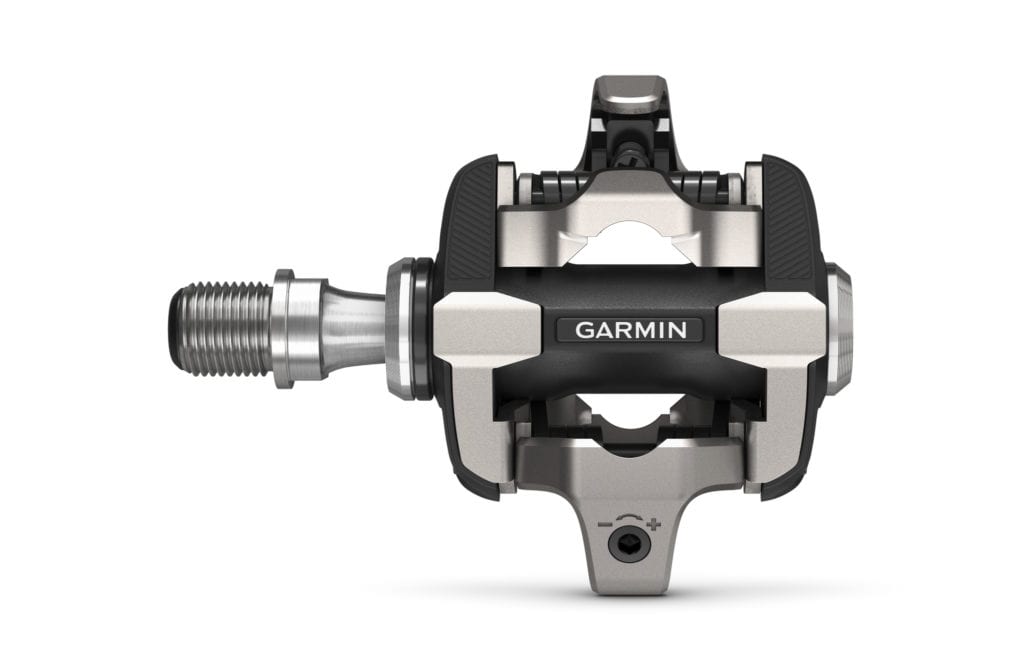
Rally XC
Garmin’s Rally XC pedals are designed to bring power dynamics to gravel, cyclocross and cross country mountain biking. Garmin says the pedals were rigorously tested in a range of climates, from -18C to +40 C, and were banged around quite a bit to simulate rough conditions.
Rally XCs aren’t light—at 444 g for the dual-sided power meters, Garmin says the priority for these pedals was on robustness, not weight. The pedals also have a 13.5 mm stack height.
The pedals are being marketed towards mountain bikers, but also any cyclist who want detailed left-right power metrics as part of their off-road training. Whether you’re new to training with power or want to mix-in gravel and dirt rides into your training without giving up your power numbers, Garmin’s set up the pedals to switch between SPD and SPD-SL cleats.
While the Rally XC power meter pedals are targeted at cross country riders, Garmin is focused on XC, not enduro or downhill use. The pedals are only covered by Garmin’s limited warranty, with the only other option being left and right pedal replacements available for purchase.
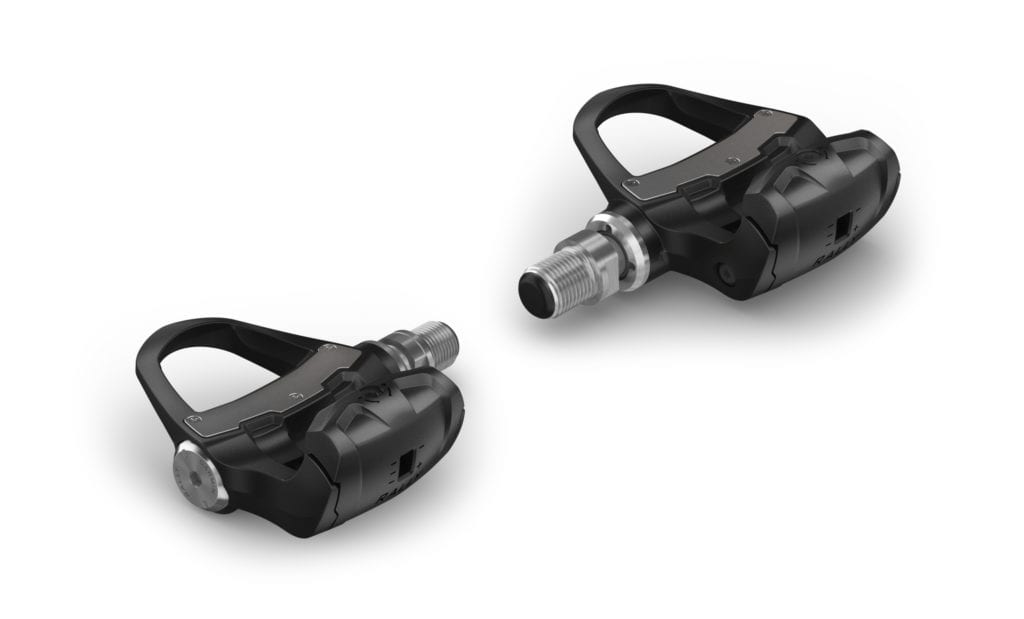
Garmin Rally power meter pedals: pricing
Garmin Rally RS
Rally RS100: $850
Rally RS200: $1,430
Upgrade pedal: $715
Pedal body conversion kit: $260
Garmin Rally RK
Rally RK100: $850
Rally RK200: $1,430
Upgrade pedal: $715
Pedal body conversion kit: $260
Garmin Rally XC
Rally XC100: $900
Rally XC200: $1,560
Upgrade pedal: $780
Pedal body conversion kit: $325
Garmin says the Rally pedals are available in Canada as of time of release at select retailers.
